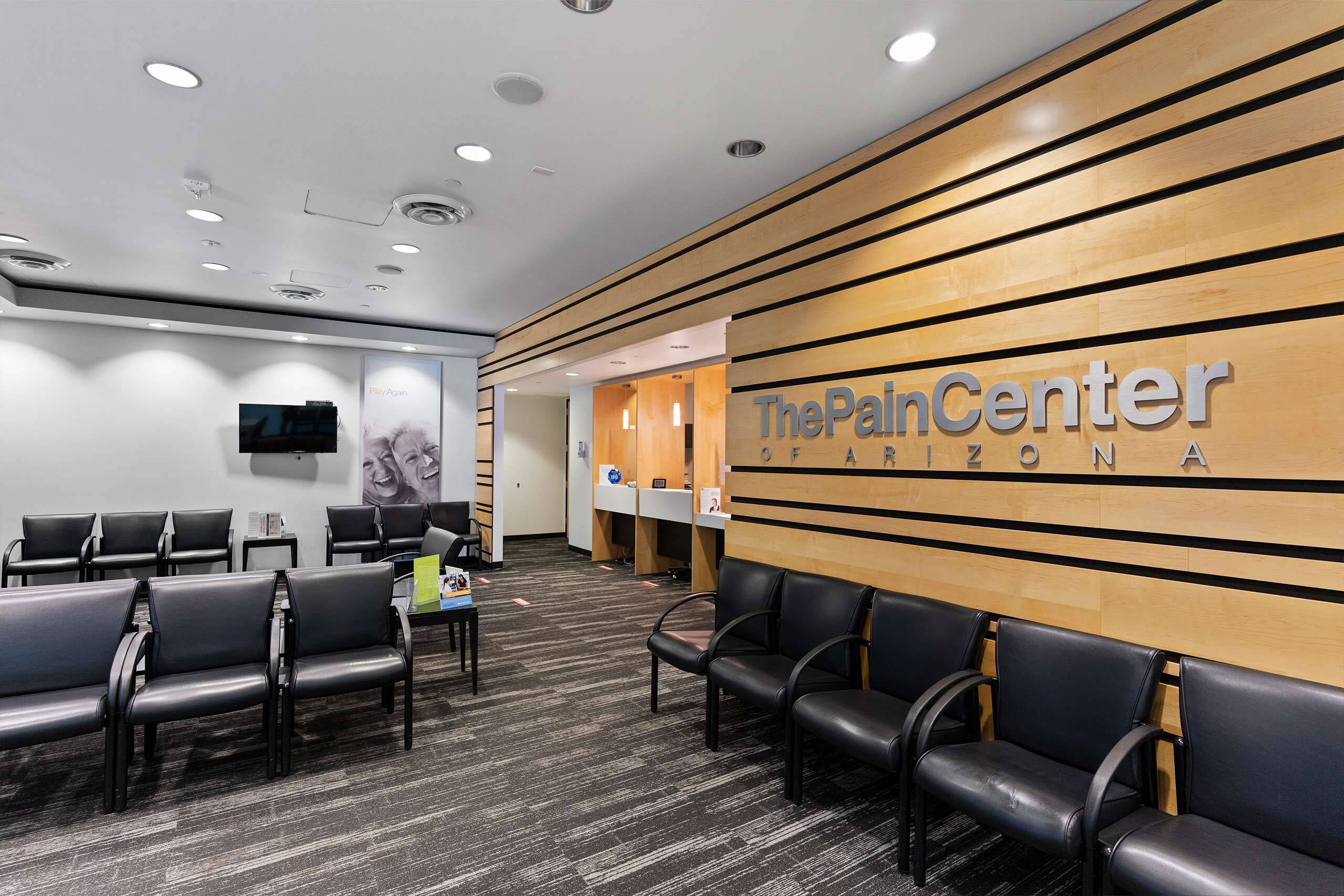Vertiflex Superion Implant
The FDA recently approved a new treatment option called The Superion ® Indirect Decompression System (IDS) for patients suffering from moderate lumbar spinal stenosis. This minimally invasive procedure is often recommended to patients who have not experienced adequate pain relief from conservative and interventional therapies for at least six months. The Superion implant is unique because it comes in different sizes to accommodate the patient’s spine anatomy. Moreover, it’s designed to prevent the nerves around the spine from pinching together. This procedure is simple to perform and can be completed in under one hour. To learn more about this unique procedure, talk to a physician at The Pain Center today.

What is a Vertiflex Superion Implant?
The FDA recently approved a new treatment option called The Superion ® Indirect Decompression System (IDS) for patients suffering from moderate lumbar spinal stenosis.
What are the most common symptoms of lumbar stenosis (lower spinal stenosis)?
Common symptoms of lumbar stenosis include:
- Pain while standing
- Pain on each side of your back, buttocks, or legs
- Numbness
- Weakness
- Back leg or calf pain
- Pain relieved when sitting, bending forward, hunching forward onto a supporting surface/object
What Types of Pain Does a Vertiflex Superion Implant Treat?
Lower back and leg pain.
How Does a Vertiflex Superion Implant Work?
This minimally invasive procedure is often recommended to patients who have not experienced adequate pain relief from conservative and interventional therapies for at least six months.
The Superion implant is unique because it comes in different sizes to accommodate the patient’s spine anatomy.
Moreover, it’s designed to prevent the nerves around the spine from pinching together.
This procedure is simple to perform and can be completed in under one hour.

What Symptoms of Back Pain Should I Watch Out For?
Acute back pain typically lasts up to three months, whereas chronic pain lasts longer. Report all your symptoms to your doctor, especially acute or chronic back pain symptoms such as:
- Muscle ache
- Shooting, stabbing, or dull pain
- Pain radiating toward the neck or down the legs
- Decreased range of motion and flexibility
- Pain reduction with rest or minimal movement
What Symptoms of Leg Pain Should I Report to My Doctor?
Be sure to inform your doctor of all your symptoms. Leg pain symptoms to watch out for include:
- Pain in either or both legs, with or without back pain
- Foot pain
- Sudden pain that comes and goes
- Redness or discoloration of the skin on either leg
- Swelling in the leg, ankle, or calf
- Distended veins
- Weakness
- Leg skin warm that’s warm to the touch
- Itching or throbbing skin
- Pain that worsens when walking, exercising
- Sciatica leg pain, or radiating pain down the back of the leg toward the feet
- Leg stiffness, general or morning
- Numbness, tingling, throbbing
- Muscle pain/aches
- Aching with or without fever
- Tenderness
- Burning sensation/pain
- Reduced range of motion
- Change in walking or movement due to pain (limping)
- Muscle cramps
- Achilles pain in your lower calf
For short-term back pain relief, ice, rest, and over-the-counter pain medications (at the recommended dosage) can temporarily ease your pain until long-term solutions are decided by your doctor.
Physical therapy is also a common treatment option and has the most clinical evidence of success for treating chronic back pain.


Get the care you need within 24 hours*
We know when you’re looking for relief for your chronic pain, you can’t wait any longer than you already have. This is why we can schedule you with an appointment within 24 hours at most of our pain centers across the Valley, so you can start your journey to life-long pain relief as soon as tomorrow.



